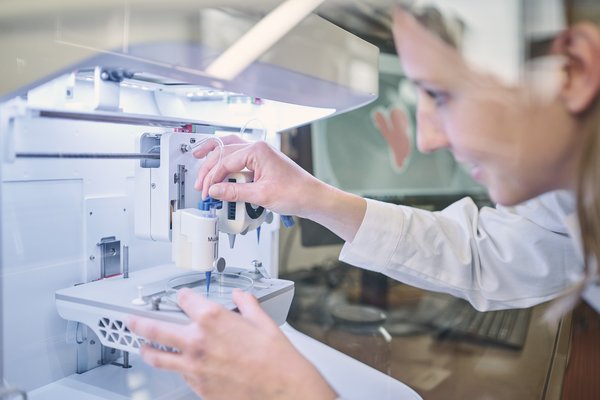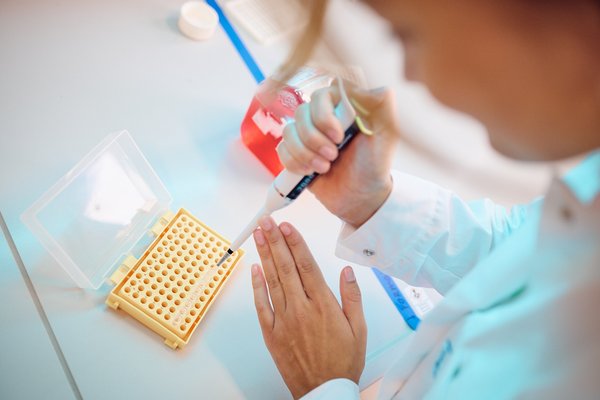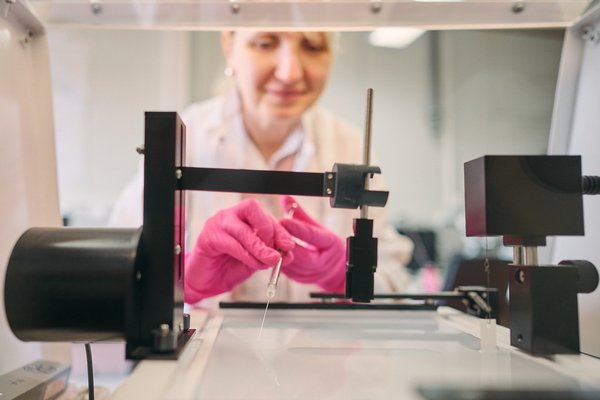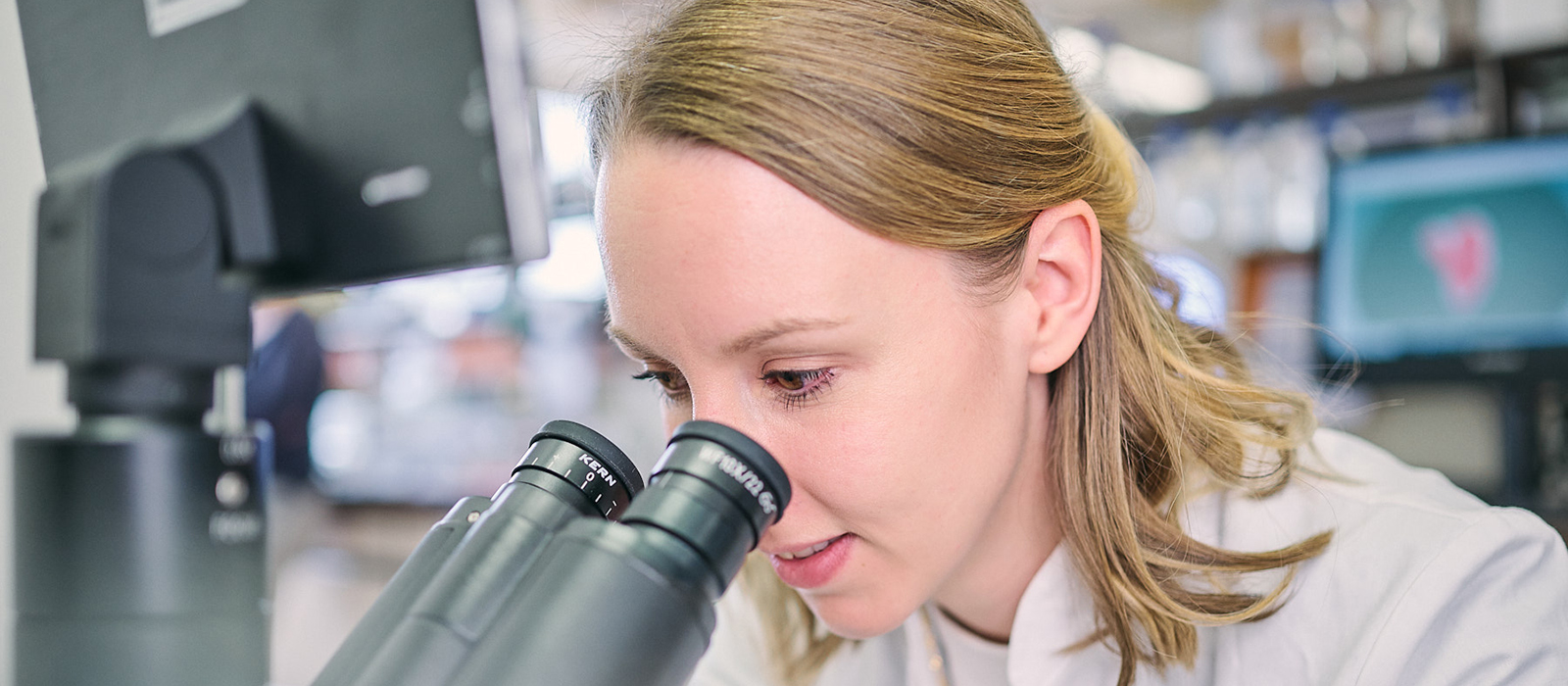
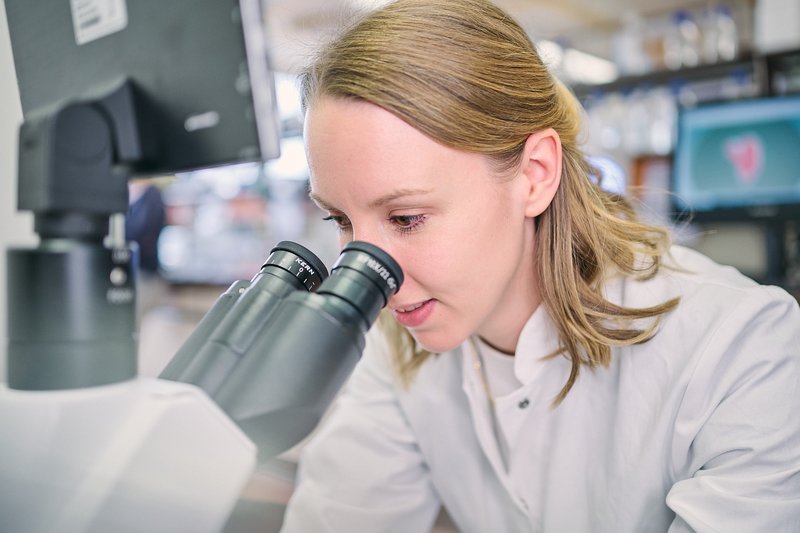
Smart Biomaterials Center
Die Mitglieder des Forschungszentrums entwickeln neuartige Materialien und Beschichtungen, die gezielt biologische Systeme in vivo (im lebenden Organismus) und in vitro (in künstlicher Umgebung) beeinflussen. Mittelfristig entstehen so zum Beispiel neue Implantat- oder Zellkulturoberflächen, Diagnostik-Systeme, Gewebemodelle sowie abbaubare Metalllegierungen und Kunststoffe für medizintechnische Anwendungen.
